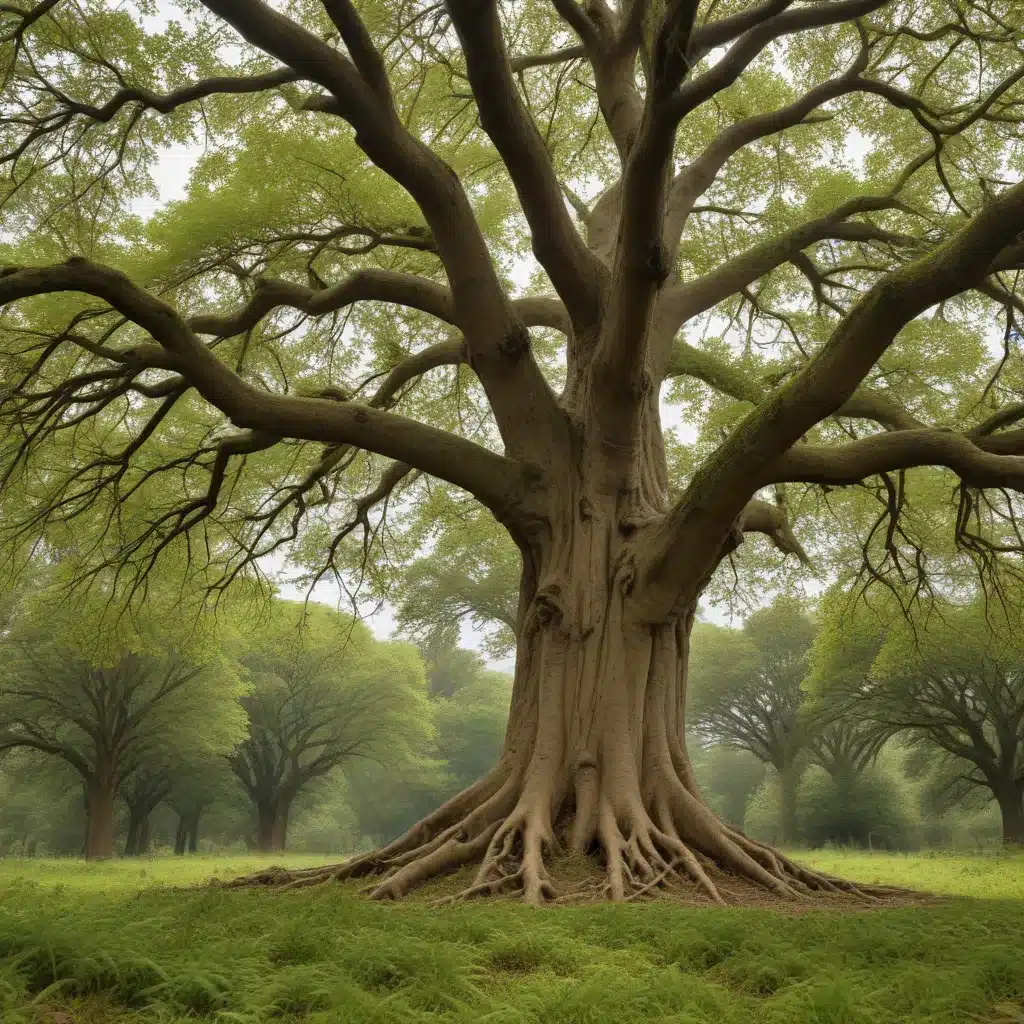
Ensuring Tree Longevity and Adaptability in the Face of Crisis Scenarios
As a tree care specialist at TriCounty Tree Care, I’ve dedicated my career to understanding the complex factors that shape the lifespan and resilience of trees. In an era marked by escalating environmental crises, from extreme weather events to the ravages of invasive pests, ensuring the long-term viability of our urban and suburban forests has become an increasingly pressing challenge.
Environmental Factors Affecting Tree Lifespan
The longevity of trees is influenced by a myriad of environmental conditions, each posing unique threats and opportunities for their adaptability.
Climatic Conditions
Temperature fluctuations, precipitation patterns, and the intensity of sunlight all play a critical role in a tree’s ability to thrive. For instance, drought-tolerant species like the drought-tolerant live oak (Quercus virginiana) may fare better in regions prone to prolonged dry spells, while cold-hardy varieties such as the paper birch (Betula papyrifera) are better equipped to withstand harsh winter conditions.
Soil Characteristics
The composition, pH, and nutrient content of the soil can profoundly impact a tree’s growth and health. Nutrient-rich, well-drained soils tend to foster robust root systems and promote longevity, whereas compacted or contaminated soils can lead to stunted growth and susceptibility to disease.
Pest and Disease Threats
Invasive insects, such as the emerald ash borer (Agrilus planipennis), and pathogenic fungi, like oak wilt (Ceratocystis fagacearum), pose grave threats to the survival of trees. Proactive monitoring and targeted management strategies are essential to mitigate these challenges.
Tree Species Selection
The strategic selection of tree species is a crucial step in cultivating a resilient urban forest, one capable of withstanding the rigors of a changing climate and other environmental stressors.
Native vs. Introduced Species
While non-native, introduced species may offer certain aesthetic or practical benefits, native trees are often better equipped to adapt to local conditions and provide ecological advantages, such as supporting native wildlife and preserving regional biodiversity.
Climate-Resilient Tree Varieties
As the climate continues to shift, prioritizing the planting of climate-resilient tree species can help ensure the long-term viability of our urban forests. These hardy varieties, such as the drought-tolerant desert willow (Chilopsis linearis) or the heat-tolerant crape myrtle (Lagerstroemia indica), are better equipped to withstand the challenges posed by global climate change.
Drought and Flood Tolerant Trees
In regions prone to extreme weather events, such as prolonged droughts or devastating floods, the selection of drought-tolerant and flood-tolerant tree species can make the difference between a thriving urban forest and one plagued by widespread mortality. Examples include the bald cypress (Taxodium distichum) for flood-prone areas and the ginkgo (Ginkgo biloba) for drought-prone landscapes.
Crisis Scenarios Impacting Trees
The ongoing environmental challenges we face, from natural disasters to anthropogenic threats, pose significant risks to the longevity and adaptability of our tree populations.
Natural Disasters
Extreme weather events, such as hurricanes, tornadoes, and ice storms, can inflict catastrophic damage on trees, leading to widespread mortality and the disruption of vital ecosystem services. Likewise, the increasing frequency and intensity of wildfires and deforestation events threaten the long-term sustainability of our forested landscapes.
Anthropogenic Threats
Urban development, with its associated infrastructure projects and land-use changes, can lead to the fragmentation and degradation of tree habitats. Moreover, the introduction of invasive species, whether through intentional or accidental means, can wreak havoc on native tree populations, outcompeting them and disrupting delicate ecological balances.
Strategies for Enhancing Tree Resilience
To safeguard the longevity and adaptability of our trees in the face of these formidable challenges, TriCounty Tree Care advocates for a multi-pronged approach that combines proactive care practices with innovative urban forest management strategies.
Proactive Tree Care Practices
Optimal planting techniques, tailored maintenance regimes, and preventative pest and disease management are all essential components of a comprehensive tree care strategy. By addressing the unique needs of each tree and anticipating potential threats, we can cultivate a healthier, more resilient urban forest.
Urban Forest Management Approaches
At the community level, diversifying tree populations, improving soil health, and implementing early warning systems can significantly bolster the adaptive capacity of our urban forests. By fostering a more heterogeneous and well-nourished tree canopy, we can mitigate the risks posed by individual species’ vulnerabilities and ensure the long-term viability of our green spaces.
Adaptive Capacity and Future Preparedness
As we navigate the complexities of an increasingly volatile environmental landscape, TriCounty Tree Care recognizes the imperative to continuously adapt and refine our tree care strategies.
Monitoring and Early Warning Systems
Robust monitoring protocols and early warning systems can help us detect emerging threats, such as the arrival of new pests or the onset of disease outbreaks, allowing for timely interventions and the implementation of proactive mitigation measures.
Collaborative Community Engagement
Fostering collaborative partnerships with local community groups, environmental organizations, and government agencies can leverage diverse expertise and resources to develop comprehensive, context-specific solutions for enhancing tree longevity and adaptability.
Policy and Regulatory Frameworks
Advocating for the integration of tree-focused policies and regulatory frameworks into urban planning and land management initiatives can help enshrine the importance of tree conservation and ecosystem-based approaches to community development.
By embracing these multifaceted strategies, TriCounty Tree Care is committed to ensuring the long-term resilience of the trees that grace our neighborhoods, parks, and urban landscapes. Through our dedication to scientific rigor, community engagement, and forward-thinking urban forestry, we aim to safeguard the environmental, economic, and social benefits that trees provide, empowering our communities to thrive in the face of crisis scenarios. Visit TriCounty Tree Care to learn more about our comprehensive tree care services and our commitment to cultivating a greener, more resilient future.


